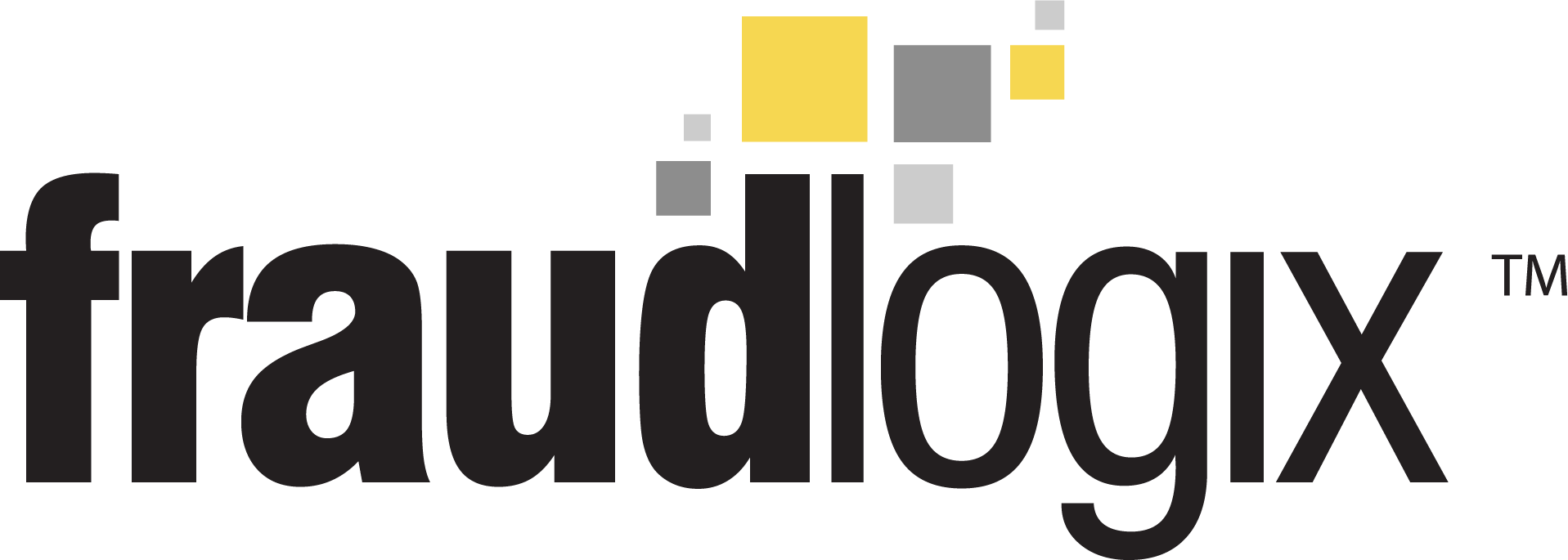Blogs
Sign Up for Our Newsletter:
Ad Fraud Solutions for Affiliate Marketing Managers: Achieving Partnership Goals
As an affiliate marketing manager, you are tasked with finding and maintaining partnerships with other brands or individuals to promote your product and drive sales. This can be challenging, as ad fraud is a growing issue in the digital advertising industry. Ad fraud...
Lead Fraud in Affiliate Marketing: The Costly Consequence of CPL Manipulation
Lead fraud is a growing issue in the world of affiliate marketing, costing companies billions of dollars in lost revenue each year. The cost-per-lead (CPL) advertising model, which is commonly used in lead generation, is particularly vulnerable to manipulation by...
Fighting Against App Install Fraud in Gaming Affiliate Marketing
App Install Fraud (also known as cost-per-install fraud) is a growing concern in the world of affiliate marketing. This type of fraud is when fraudulent app installs are purchased in order to manipulate app store rankings and increase app visibility. It's a major...
The Impact of Acquisition Fraud in Affiliate Marketing: Protecting Your Business and Reputation
Acquisition fraud in affiliate marketing has become a growing concern for many businesses in the industry. It involves fraudulent sales made through the use of stolen credit card numbers. This type of fraud can result in major losses for both the brand and the...
Chargebacks in Performance Marketing Fraud
Performance marketing is an advertising model that rewards marketers for achieving specific performance-based goals such as a sale, lead, or click. However, this model is susceptible to fraud, where advertisers or affiliates make fraudulent claims for...
Ad Fraud 101: IP Masking vs Botnets
IP masking and botnets are two methods that are commonly used in ad fraud. While the end result is the same, fraudulent clicks that waste marketers' money, they are two distinct ad fraud methods that need to be combated separately. IP Masking IP masking refers to the...
Click Ad Fraud: What Is It & How To Stop It?
Click fraud is a widespread issue in digital advertising, with estimates suggesting it costs advertisers billions of dollars annually. For almost as long as there have been pay-per-clicks (PPC), there has been click fraud, costing every business's marketing budget...
Preventing Click Fraud in Affiliate Marketing: Statistics, Detection and Prevention Techniques
Click fraud is a growing concern for affiliate marketers, as it can result in significant financial losses and damage to the reputation of their brand. According to recent estimates, click fraud costs advertisers billions per year. Click fraud occurs when a person,...
The Top 10 Lead Generation Fraud Schemes to Watch Out For
Lead generation is a crucial component of any affiliate marketing strategy, but it can also be a prime target for fraudsters. To protect your business and your reputation, it is important to be aware of the most common lead generation fraud schemes. Here are the top...
Protecting Your Business from Affiliate Fraud: Key Considerations and Tips
Affiliate marketing is a great way for businesses to expand their reach and drive sales through partnerships with affiliates. However, as with any form of marketing, there is always the risk of fraud. Affiliate fraud can come in many forms, including fake sales,...



